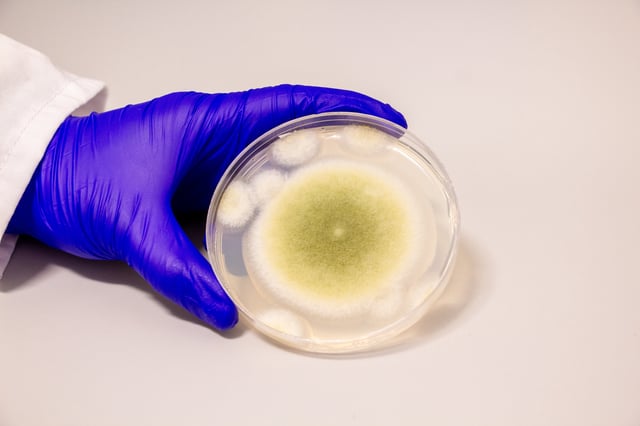Overview
- Researchers isolated four new asperigimycin variants from Aspergillus flavus and found two unmodified compounds markedly reduced leukemia cell viability
- A lipid-modified asperigimycin matched the effectiveness of FDA-approved leukemia drugs cytarabine and daunorubicin in lab tests
- Mechanistic studies revealed asperigimycins block microtubule formation to halt cancer cell division with minimal impact on other cancers or microbes
- The team identified the SLC46A3 gene as a gateway for asperigimycin entry into leukemia cells, offering a blueprint for targeted cyclic peptide delivery
- Genomic analysis uncovered similar RiPP gene clusters in other fungi, pointing to a wider pool of medicinal peptides and prompting plans for animal testing


